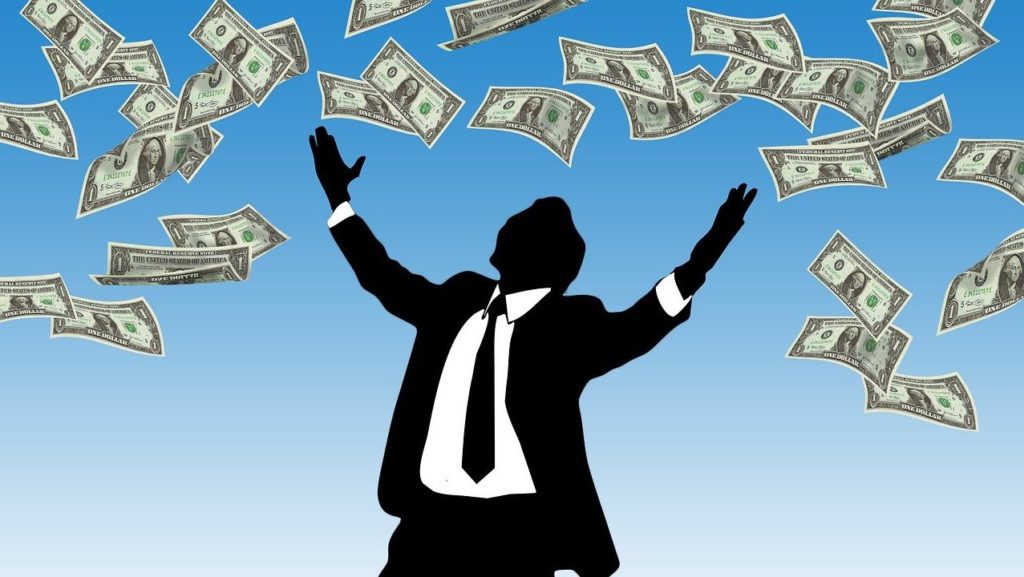Federal Reserve Launches Program to Bail Out Banks
In the wake of two bank failures, the Federal Reserve and the US Treasury announced a bank bailout program.
Last week, Silicon Valley Bank was shuttered by federal authorities after the bank suffered significant losses selling bonds in order to raise capital. When that news hit, depositors rushed to pull funds from the bank, making it functionally insolvent. Then over the weekend, federal authorities shut down Signature Bank.
On Sunday, the FDIC created “bridge banks” to handle both insured and uninsured customer deposits. Banking regulators assured depositors that they would have full access to all of their funds.
Meanwhile, the Federal Reserve announced a loan program that will allow other banks to easily access capital “to help assure banks have the ability to meet the needs of all their depositors.”
The Bank Term Funding Program (BTFP) will offer loans of up to one year in length to banks, savings associations, credit unions, and other eligible depository institutions pledging US Treasuries, agency debt and mortgage-backed securities, and other qualifying assets as collateral. Banks will be able to borrow against their assets “at par” (face value).
According to a Federal Reserve statement, “the BTFP will be an additional source of liquidity against high-quality securities, eliminating an institution’s need to quickly sell those securities in times of stress.”
The US Treasury will provide $25 billion in credit protection to the Fed from the Exchange Stabilization Fund.
This will ostensibly help banks avoid the situation that brought down Silicon Valley Bank.
Backdrop
Last week, SVB sold a large portion of its bond portfolio at a $1.8 billion loss. SVB CEO Greg Becke said the bank made the sale “because we expect continued higher interest rates, pressured public and private markets, and elevated cash burn levels from our clients.”
The bank bought the bonds when interest rates were low. As a result, the $21 billion available for sale (AVS) bond portfolio was not yielding above cash burn. Meanwhile, rising interest rates caused the value of the portfolio to fall significantly. The plan was to sell the longer-term, lower-interest-rate bonds and reinvest the money into shorter-duration bonds with a higher yield. Instead, the sale dented the bank’s balance sheet and caused worried depositors to pull funds out of the bank.
Many other US banks are likely in the same situation. As the Fed jacked up interest rates to fight price inflation, it decimated the bond market. (Bond prices and interest rates are inversely correlated. As interest rates rise, bond prices fall.) With interest rates rising so quickly, banks have not been able to adjust their bond holdings. As a result, many banks have become undercapitalized on paper. The banking sector was buried under some $620 billion in unrealized losses on securities at the end of last year, according to the Federal Deposit Insurance Corp.
The BTFP gives banks a way out, or at least the opportunity to kick the can down the road for a year. Instead of selling bonds that have dropped in value at a big loss, banks can go to the Fed and borrow money at the bonds’ face value.
In effect, the Fed will print money out of thin air to loan to banks. This is the very definition of inflation.
Also, the Fed is putting its thumb on the bond market by incentivizing banks and other institutions to hold Treasuries instead of selling them into the market. In effect, it creates an artificial limit on the supply of Treasuries, which will artificially keep prices higher than they otherwise would be.
Peter Schiff said, “This could end up being the biggest round of QE yet.
Is This a Bailout?
The powers that be insist this is not a bailout. But it is absolutely a bailout.
The plan creates a mechanism for banks to acquire capital they couldn’t otherwise access under normal market conditions. Meanwhile, uninsured depositors will get their money back.
The government can plausibly claim it is not bailing out SVB or Signature Bank. Both institutions appear to be doomed. But the government is bailing out uninsured depositors and it is setting the stage to bail out other banks that would have suffered the same fate without the loan program.
In effect, the loan program and deposit guarantee signal to other banks that they have nothing to worry about. It also calms the public and lowers the likelihood of bank runs.
Will Taxpayers Foot the Bill?
The powers that be also insist this won’t cost taxpayers. Again, in one sense, this is true. The US government isn’t going to raise taxes. And the only way the taxpayer would be directly implicated is if any of the banks taking loans defaults and Fed taps into the $25 billion in credit protection extended by the US Treasury. But as Peter Schiff pointed out in a tweet, the taxpayer will be on the hook for the inflation tax.
According to @POTUS the government bank #bailout won't cost taxpayers any money. That's a lie. While it's true that no one's taxes will be raised to pay for it, the #Fed will print lots of money to cover the cost. That's #inflation and everyone will pay higher prices as a result.
— Peter Schiff (@PeterSchiff) March 13, 2023
Even if it’s only temporary, the loans will inflate the money supply. That is the definition of inflation.
And looking at the bigger picture, this bailout likely means the end of the Fed’s inflation fight.

Comments
Post a Comment